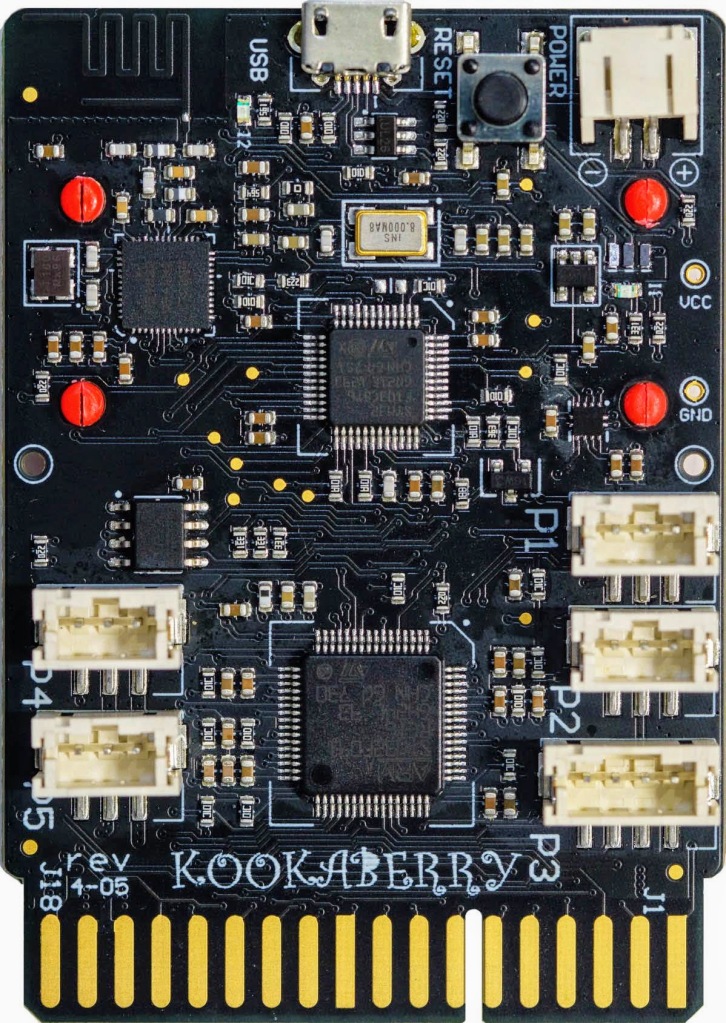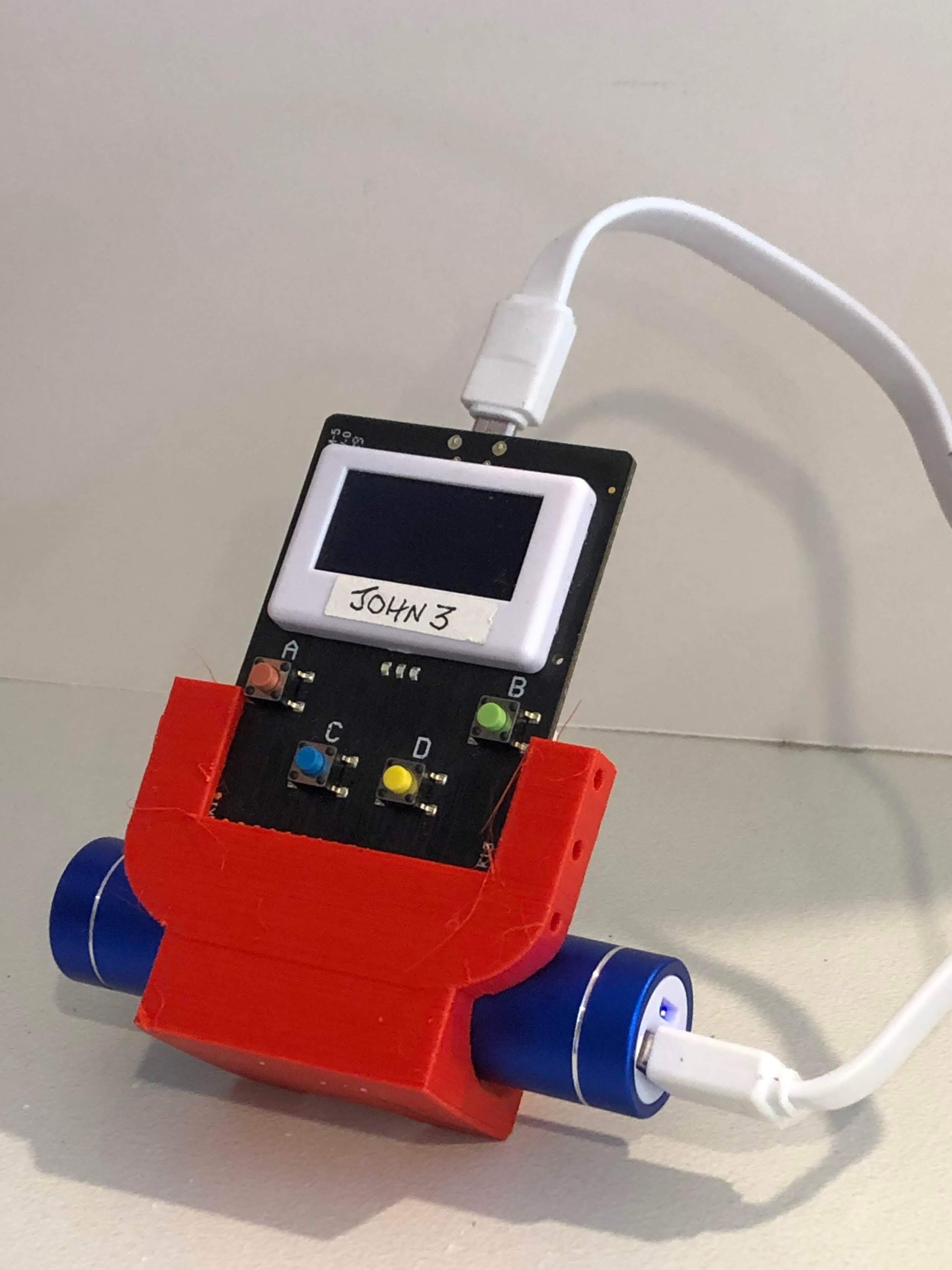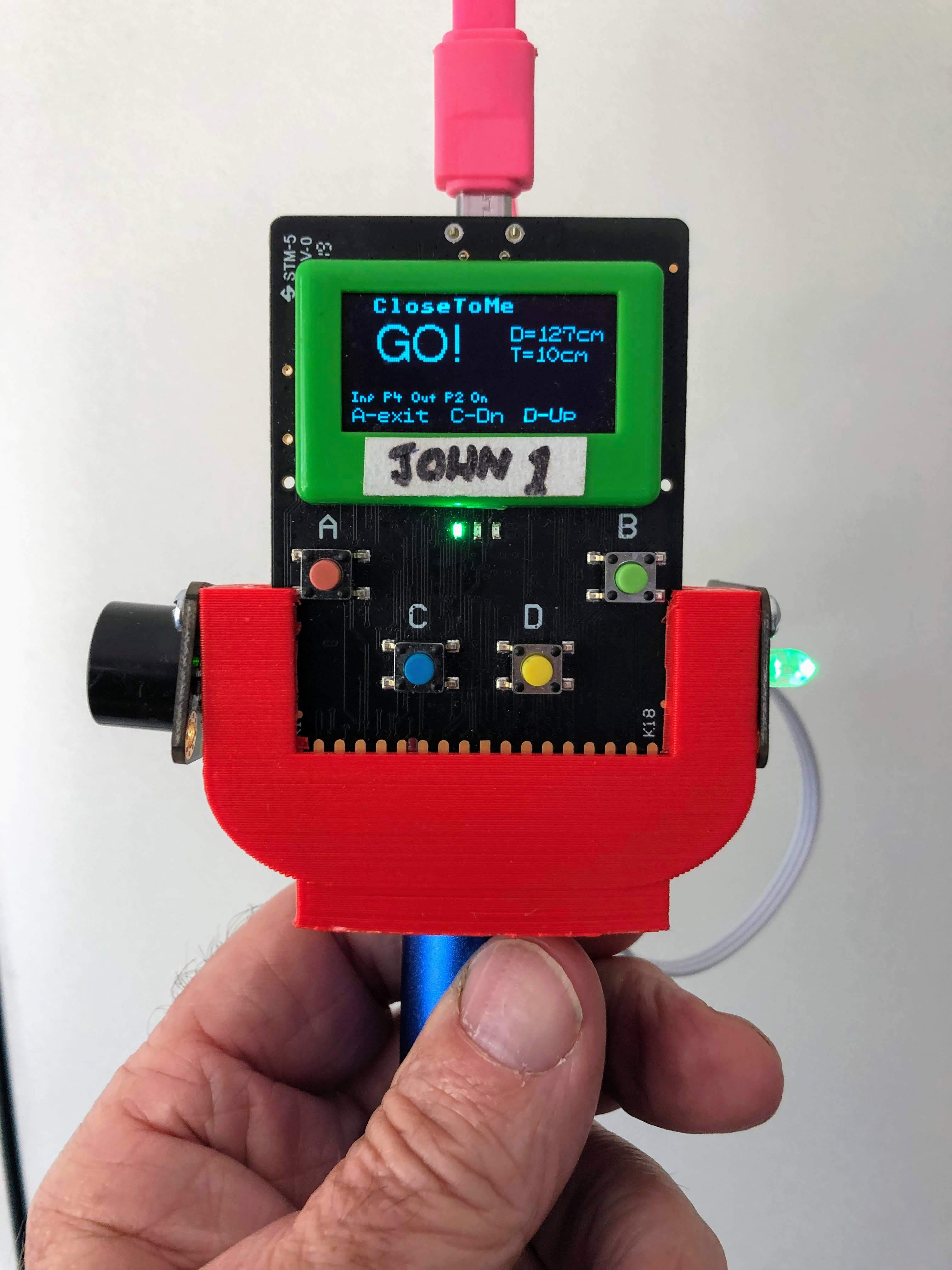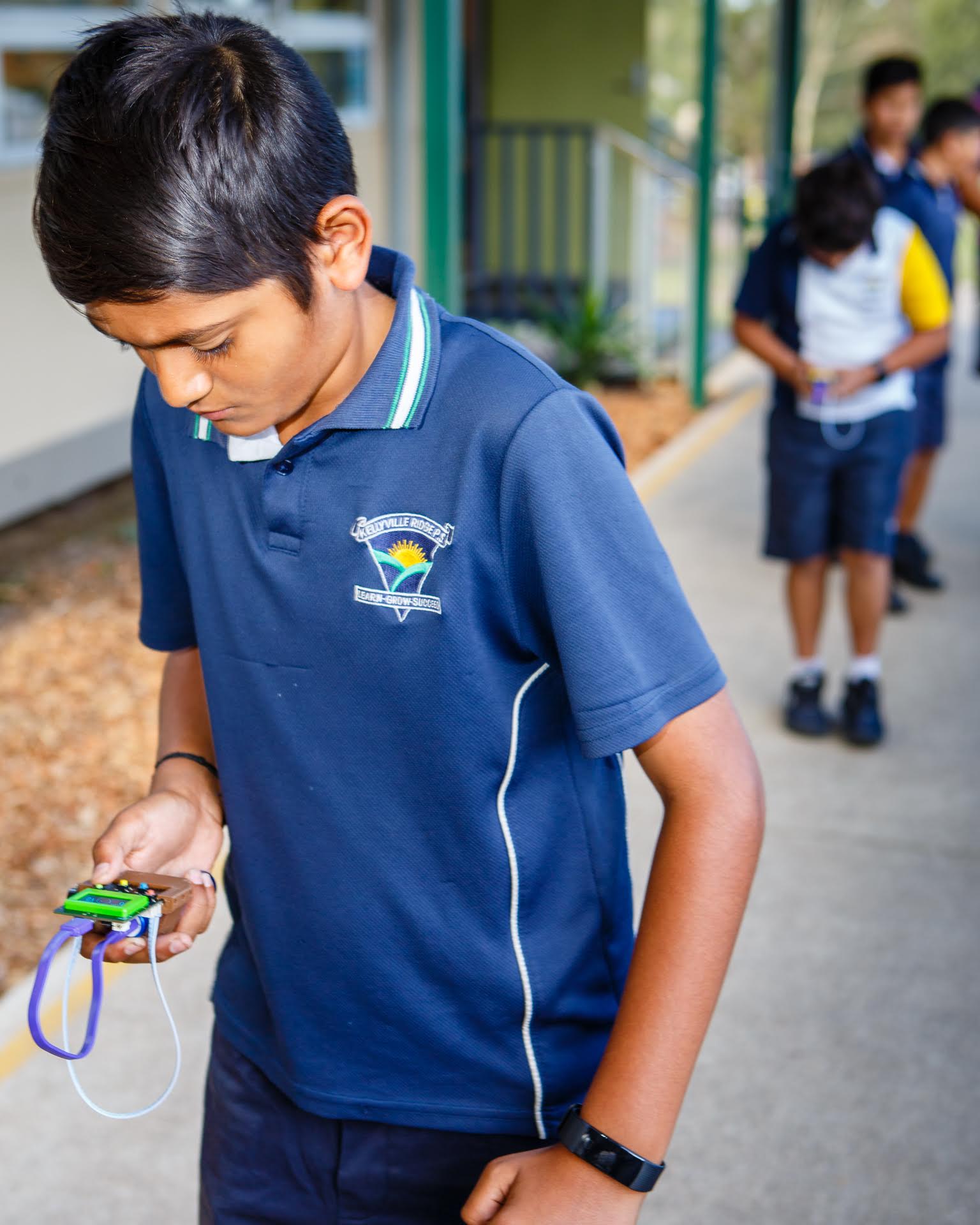We’re talking to John Phillips, a systems engineer with extensive international telecommunications project and employee relations experience in his role as Director for the AustSTEM foundation in Australia. The AustSTEM foundation is a not-for-profit charity established in Australia in 2017. This foundation aims to raise funds to be able to support the free distribution of Kookaberries to teachers in every Year 5 classroom across Australia over at least a two year period.
I got in touch with John via Damien George, who is the creator and key maintainer of MicroPython, a python implementation for microcontrollers. And as you may guess now, the Kookaberry is running MicroPython, too. While the Kookaberry can be programmed in visual and textual ways, the features that make it stand out are around the usefulness for teachers in the classroom right from the start, without internet connection and without extra computers.


Images: Copyright AustSTEM Foundation – used with permission
The Kookaberry is a single board computer similar to the micro:bit, but it’s about the size of a credit card and the front side features a blue, 1.3 inch OLED display, three leds and four colored buttons. Visible from both the front and back is also the so-called edge connector which exposes some of the microcontroller pins for extension boards similar to the micro:bit.





On the backside, besides the obvious micro usb connector for power or connecting to a computer, there are 5 connectors in total that can be used to easily connect the Kookaberry to various in and outputs, such as a temperature sensor or a little motor. There are 3 processors on that side, too, which include the Bluetooth LE communication chip and a front end and main processor. The Kookaberry also features some built-in sensors such as an accelerometer and a magnetometer – but probably the most important difference to boards such as the micro:bit is a memory chip that allows the Kookaberry to access stored python programs as well as log data to files.







The memory chip which allows for pre-stored programs, the simple to use connectors for various sensors and actuators and the display are probably the three distinguishing features that make the Kookaberry stand out. It is a useful tool for teachers from the moment it is unpacked and can be used without an additional computer or even an internet connection right away.




One comment